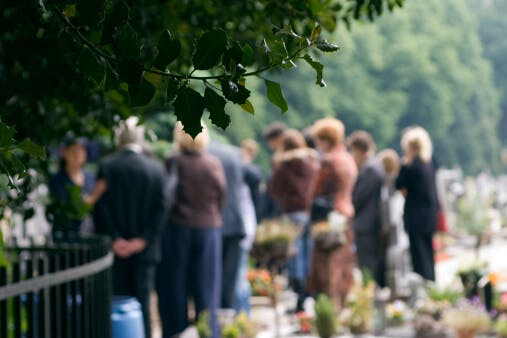A Tragic Lesson

A young doctor named Hitoshi Nikaidoh graduated from the University of Texas-Houston Medical School in June 2003. He began work as a surgical intern in July. In August he stepped into a second-floor elevator in his hospital just as the doors were closing. We all expect that the doors will bounce back open if we dash in at the last moment. This time they didn’t.
They pinned his shoulders and trapped him in the doorway. But the elevator moved upward anyway, tearing off his head. He was 35 years old, with years of training behind him, and years of service ahead. The built-in failsafe mechanisms failed him when he needed them.
This type of tragic accident is unusual. Federal statistics estimate that elevators kill about 27 people per year and seriously injure another 11,000 in the U.S., making them one of the safest forms of travel.
I’m glad that the safety mechanisms in elevators usually work very well. Nevertheless, let’s teach our kids to assume that elevator doors might keep closing. To try to open them, you might safely wave a hand in front of the photoelectric eye, or push on the door edge cushions, but only if there is plenty of time to remove your hand if the doors don’t respond.
The built-in mechanisms are an excellent safety net for when we misjudge the timing, but we should not routinely rely on them to work.


